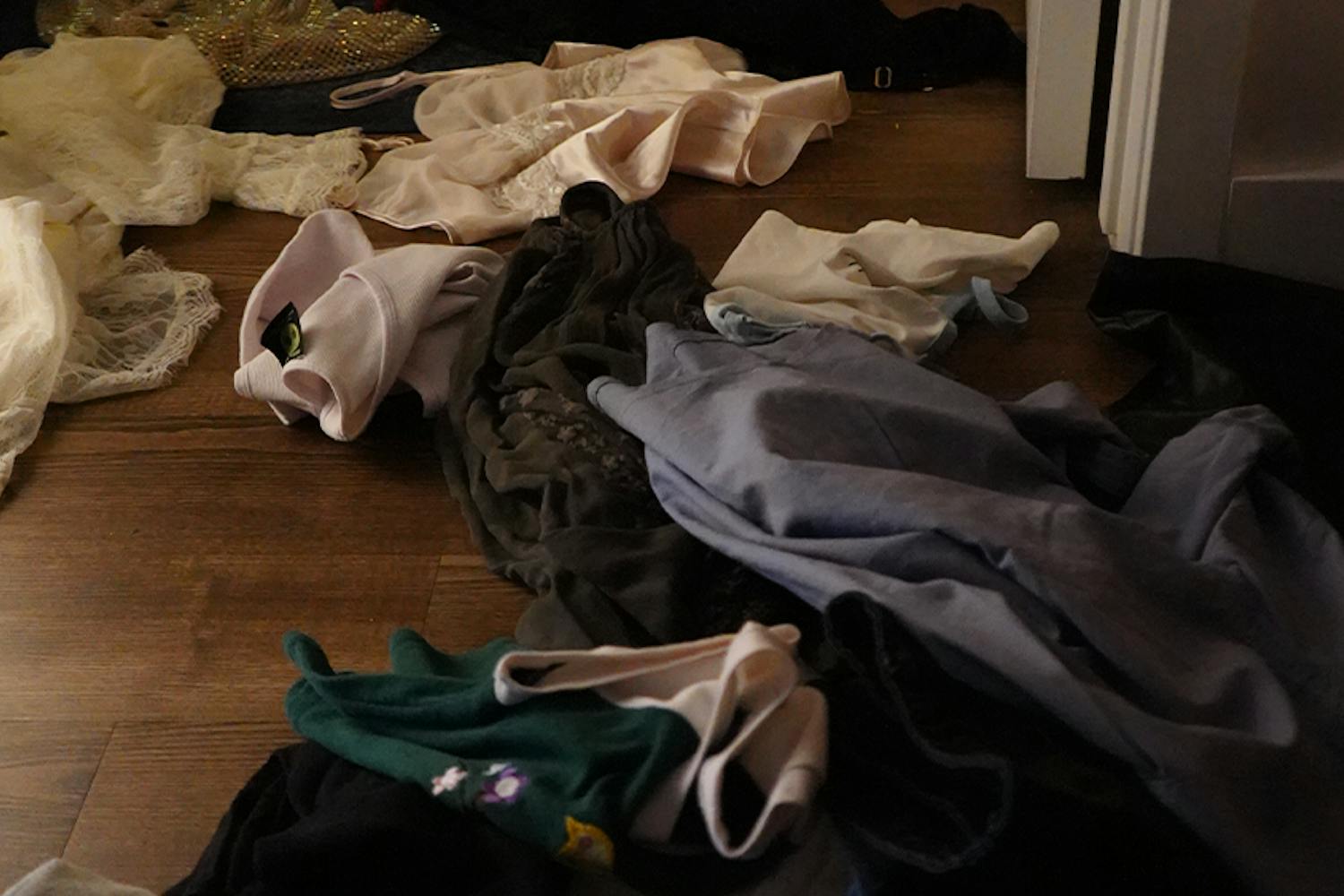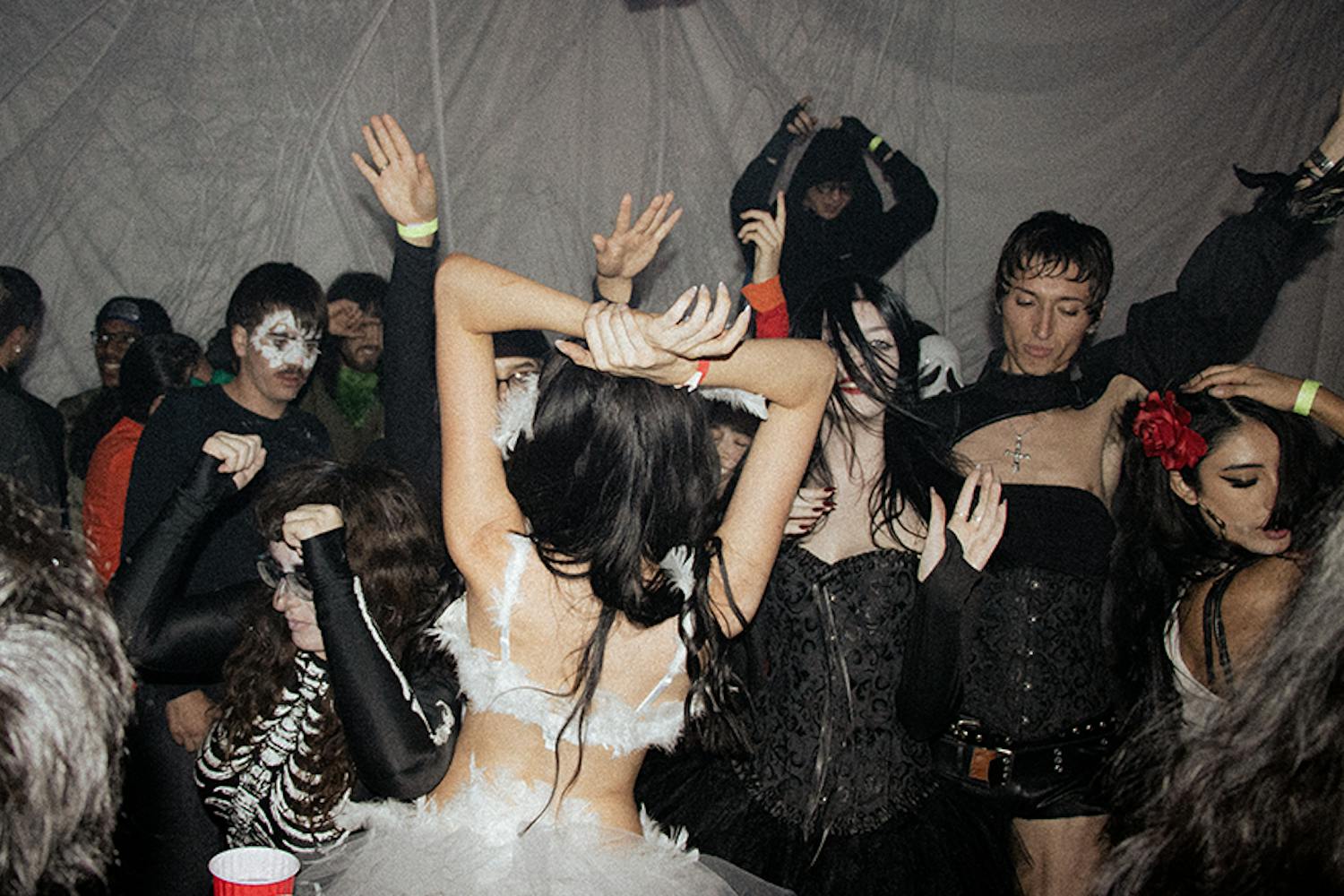There are plenty of misconceptions that plague rugby. The comparison to football for one and with no padding required, how injury prone of a sport it is. With many obstructions clouding the clear picture, the adoption of the sport has to be with arms wide-open to get anywhere. Usually American customs encourage “foreign” newcomers to assimilate but now, the tables have turned. Rugby is but another up and coming sport to not only embrace but to learn.
“Compare it to being a football kickoff for eighty minutes,” says sophomore Elliot Hanson, an Electrical Engineering major.
A rubgy field has its own dimensions—wider and longer than a football field—and is a game of 15 on 15. What makes it different than most customary sports is the fact that the game is fast- paced and non-stop. Substitutions are only allowed when there is an injury or there is blood. With that said, the fifteen people on one team usually play the majority, if not the entire game.
“From a physical standpoint it sucks because when you’re tired, you still need to make that tackle. You need to be able to execute. While beating yourself up running, you’re also beating yourself up to beat the other team,” says senior Will Walmsley, a Chemical Engineering major. Walmsley is also the vice-president for the club.
Arizona State rugby is on a run themselves as they ranked top ten in the nation. Now in the Premier league as of last year, the team looks to better their 8-2 record and skirmish themselves into the national playoffs; the team was one win short last season.
To do this, there is strategy. The rugby team has been in contact with the football team, recruiting graduating seniors and practice squad players to pick up the sport. With a hook and connection with football, players bit. Tight-End Trevor Khol and Chris Coyle tried rugby and according to Hanson, “loved it and are coming back next year.”
Experience has a lot to do with the sport. With no padding, technique in hitting is a priority. Lateraling the ball back to players also takes a different approach without laces.
“We try to stress technique. It’s a wrap tackle below the shoulders. It discourages leading with your head,” says senior Vince Manna, a Finance major. Manna is the president for the club.
According to Walmsley, “It’s actually less injury prone than one would think.”
“There’s no blocking so it takes away blindside hits and because there’s no helmets, no one thinks they’re invincible,” says Walmsley.
With the field being as large as it is strategy is a must in the game as a whole, not just in the specifics. It’s a game of numbers. The key Hanson says, is to “get overlap players” whether it be more players on the outsides or on the inside.
With the need of an abnormally large field and Manna’s objective to “aim to grow”, the team is currently in conversation with Arizona State and the city of Tempe in order to build a shared stadium with men’s lacrosse. With the estimated $10 million dollar stadium according to Walmsley, there is also the proposition to have general practice fields throughout Tempe. Negotiations for available land are still in the process.
Until then, the rugby team plays on. With three sub- divisions—an academy team, JV and Varsity—anyone can have a attend practices for a “trial run” at it.
Any questions? E-mail me at bcapria@asu.edu





